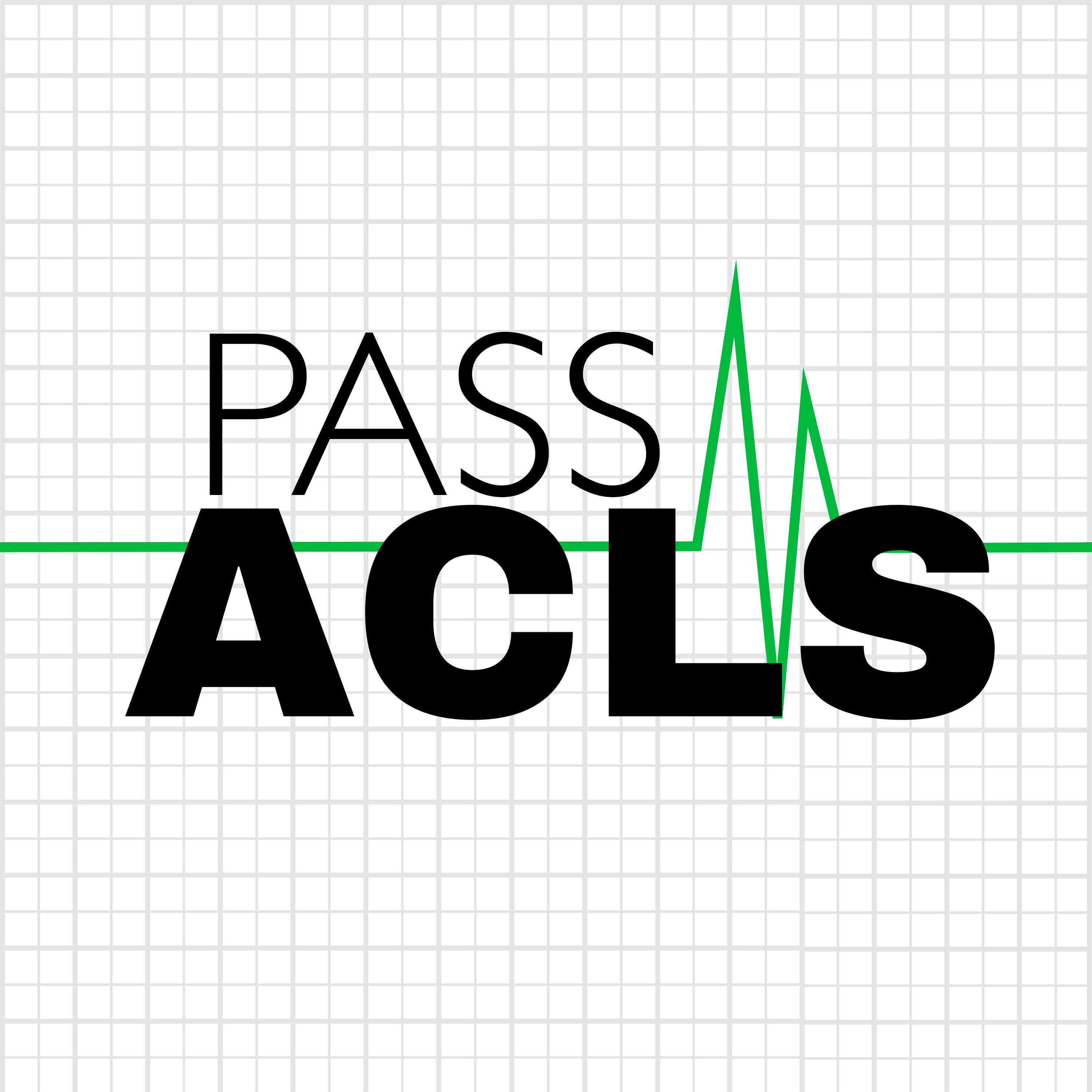Code Flow Using the Adult Cardiac Arrest Algorithm
Description
Being the team leader during a cardiac arrest is challenging. Using an algorithm helps by standardizing & prioritizing our interventions using an If/Then methodology.
Review of BLS steps for determining if rescue breathing or CPR is needed and use of an AED for patients in cardiac arrest.
If the patient is in a non-shockable rhythm on the ECG such as PEA or asystole, we will go down the right side of the Adult Cardiac Arrest Algorithm.
If the patient is in a shockable rhythm on the ECG such as V-Fib or V-Tach, we will go down the left side of the Adult Cardiac Arrest Algorithm.
An example of a code's flow for shockable rhythms when an antiarrhythmic such as Amiodarone or Lidocaine is administered.
We will follow the algorithm until the patient has ROSC or we call the code.
Connect with me:
Website: https://passacls.com
@PassACLS on X (formally known as Twitter)
@Pass-ACLS-Podcast on LinkedIn
Give back & help others. Your support will help cover the monthly cost of software and podcast & website hosting. Donations made via Buy Me a Coffee at https://buymeacoffee.com/paultaylor are appreciated.
Good luck with your ACLS class!
Other Pass ACLS episodes mentioned
Objective Measures of Good CPR https://passacls.com/bls/objective-measures-of-good-cpr
More Episodes
Hydrogen ions is on one of the Hs in ACLS's H&T reversible causes of cardiac arrest.
When considering hydrogen ions as a cause, what we’re looking at is the patient’s pH, or acid/base balance, and conditions that affect it.
The body's normal pH.
Using patient history, ABGs, & labs to...
Published 06/28/24
Published 06/28/24
For patients exhibiting symptoms consistent with myocardial ischemia, Aspirin is the first medications we should consider along with morphine, oxygen, and nitroglycerine; if indicated & safe.
Aspirin's mechanism of action & benefits for Acute Coronary Syndrome (ACS) patients....
Published 06/26/24


